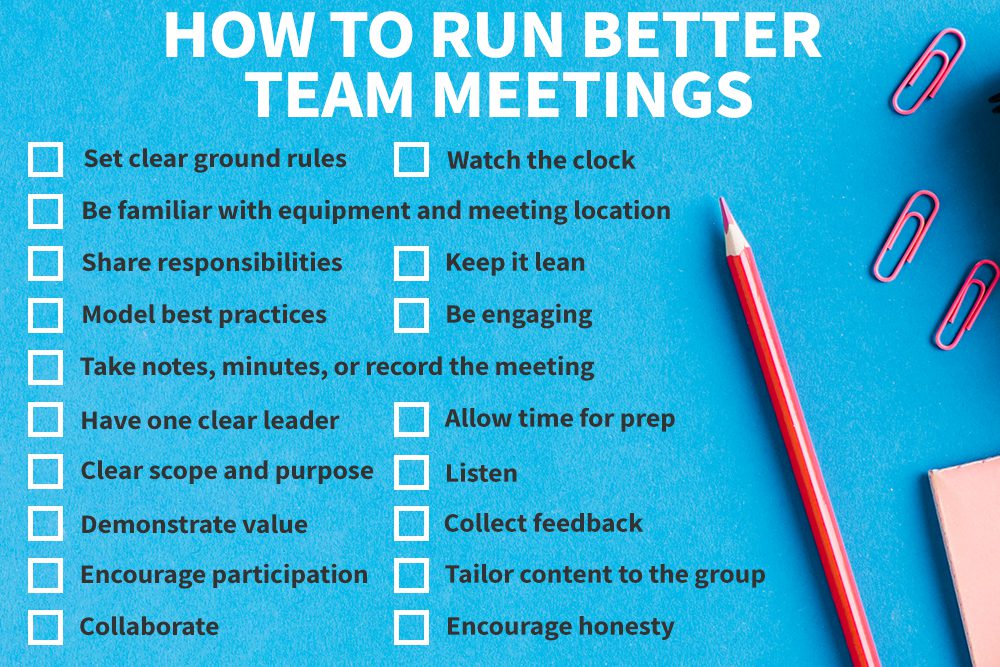
Meetings Best Practices: Tips to Stay on Track
Have you ever sat through a meeting that felt like a marathon with no finish line? Or perhaps you’ve led a meeting that spiraled into a maze of tangents. We’ve all been there, and we know that effective, focused, and productive meetings don’t just happen—they are the result of careful planning and disciplined execution.
Meetings are an essential part of business communication—they offer a chance for teams to collaborate, make decisions, and build relationships. But without the right approach, they can quickly go off the rails. This article will provide you with practical tips to help keep your meetings on track and ensure they are a valuable use of time for everyone involved. Whether you’re a meeting rookie or a seasoned facilitator, these best practices will enhance your meeting mastery.
Define the Purpose and Agenda
Before calling a meeting, ask yourself: What is the goal? If you can’t pinpoint the purpose, you might not need a meeting at all. Once you’ve identified the clear objective of your meeting, create a structured agenda that reflects the topics you intend to cover. This agenda should be circulated to all attendees in advance so that they can come prepared. Make sure the agenda is concise; a laundry list can be as unhelpful as no list at all.
Choose Participants Wisely
Each invitee should have a reason for being at the meeting. Think quality over quantity. More attendees often mean more side conversations and potential for off-topic discussions. When you’re deciding who to invite, consider who is directly involved with the meeting’s objectives and who will contribute to achieving them.
Start and End on Time
Respect everyone’s time by starting the meeting promptly—it sets the tone for a managed and efficient discussion. Likewise, when the meeting is scheduled to end, wrap it up. If all items are not covered, decide whether to extend the meeting, schedule a follow-up, or address remaining topics through other channels.
Assign Roles
It can be beneficial to assign specific roles to participants. These roles can include a facilitator (to guide the meeting), a timekeeper (to keep things on schedule), a note-taker (to document discussions and decisions), and a decision-maker (to resolve any issues that require immediate action). Clearly defined roles can help keep the meeting focused and productive.
Stick to the Agenda
A well-prepared agenda is the roadmap for a successful meeting, but it only works if you stick to it. If someone brings up an unrelated topic, acknowledge it and suggest that it be discussed offline or at the next appropriate gathering. Document these “parking lot” topics so they’re not forgotten.
Maintain Focus
As a meeting leader, it’s your job to foster a focused environment. Gently steer the conversation back to the matter at hand if participants veer off course. Be respectful but firm in your redirections. A good way to maintain focus is to ask relevant, open-ended questions related to the agenda.
Foster Engagement
Keep your meeting engaging by encouraging participation from all attendees. This not only enhances the quality of the meeting but also ensures greater buy-in when decisions are made. Be watchful of dynamics, and invite quieter members to contribute if they haven’t had the chance to speak. Remember, diversity of thought can lead to better outcomes.
Keep an Eye on the Clock
Time is valuable, and it’s easy to get sidetracked. Use your timekeeper and check-ins to ensure each agenda item is given appropriate attention without letting any one item hijack the meeting.
Summarize and Define Next Steps
As the meeting draws to a close, summarize key points discussed, decisions made, and next steps. This not only ensures everyone is on the same page but also reinforces accountability. Clearly define who is responsible for what actions and set deadlines for those tasks.
Follow Up
After the meeting, promptly distribute minutes or a summary of the meeting, highlighting decisions, action items, and responsibilities. This not only serves as a record but also keeps the momentum going and ensures accountability.
Collect Feedback

Finally, seek feedback on the meeting’s effectiveness. This will help you refine the process for future meetings. Maybe something didn’t work as well as you’d hoped, or perhaps someone has a suggestion for improvement—this feedback is invaluable.
In conclusion, effective meetings don’t have to be elusive. By setting a clear purpose, crafting a tight agenda, inviting the right people, starting and ending on time, sticking to the agenda, maintaining focus, fostering engagement, and following up, you can ensure your meetings are not only productive but also a positive experience for those involved. Remember, the key is not just to meet, but to meet with intention and purpose. Keep these tips in hand for your next meeting, and watch your team’s collaboration and efficiency soar!